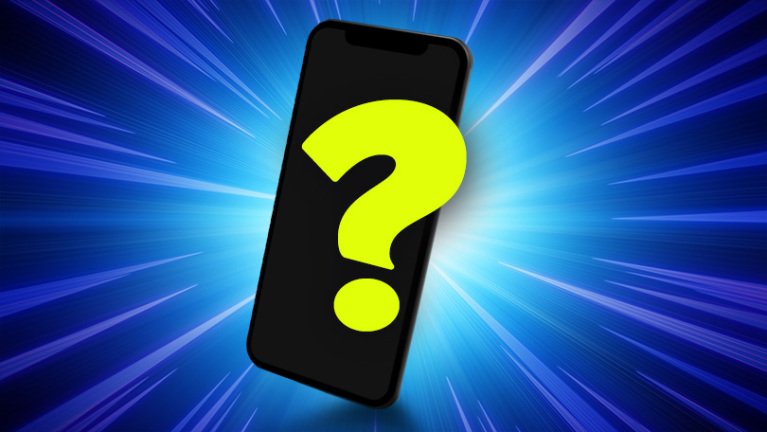With every new smartphone launch, manufacturers make sure to add to the figure indicating the device’s RAM capacity. Such an inclusion acts as a lucrative deal for customers, whereby they often end up zeroing in on devices with the highest RAM capacity.
At the same time, a better RAM capacity also involves prices at a higher notch than otherwise, which can leave buyers burdened with unnecessary financial strain. Before going beyond your budget or fulfilling the initial wish for an 8GB or a 6GB RAM mobile, you need to figure out the RAM capacity your phone actually requires, which largely depends on the uses it will be put to.
Use of RAM in a smartphone
RAM stands for Random Access Memory, which acts as primary storage used by the device to cache data when being switched among various applications. It also stores data from an app when not in use, only to make it readily available to users when tasks on the app are resumed.
Thus, a higher RAM capacity accommodates increased data access and facilitates running more applications simultaneously without lagging. However, a scarcity of this memory when utilising multiple apps will affect your device’s performance and will result in much slower loading and other functional glitches.
Types of apps based on RAM usage
The RAM capacity a user needs will depend on the quantity and size of apps he/she uses on an average. Based on the amount of RAM these applications can consume on the go, users can benefit effectively from a 6GB RAM mobile phone or its 4 GB/8GB variant. Such a decision can be made based on the following categorisations.
- Standard apps: The RAM usage of these apps range from 130 to 400 MB, which are pretty light and generally trigger memory killer. Applications like WhatsApp, YouTube, and Candy Crush are examples of such light-weight apps.
- Media-centric apps: These apps involve loading content with more graphic interface, and therefore, take up high memory space from 400 MB to 700 MB. These include apps displaying images such as Instagram and Google Photos.
- Extensive or heavy apps: On the extreme end, there are high-end gaming apps like PUBG Mobile, which are remarkably huge and can take up as large a space as 1152 MB of RAM.
Additionally, it must also be considered that the total RAM capacity specified on a handset is not the actual capacity being used solely for running these apps. Some memory space is already reserved for pre-installed app-based services.
Determining your phone’s RAM capacity
The RAM capacity of a smartphone is a fixed property of its motherboard and cannot be upgraded further. Whether it is a 6GB RAM mobile phone like the Samsung Galaxy Note 9, a 4GB variant like Google Pixel 3, or possesses a whopping 12GB RAM such as Lenovo Z5 Pro GT, every device uses up a substantial amount of this space to cater to pre-loaded files written at root.
The actual amount of RAM available for running background apps is the memory space remaining after a part being used for such app and program consumption. This memory space decides how many applications a user can run in a device without swapping or uninstalling a previous app to make way for a newer app. It is the primary concern individuals must focus on before selecting handsets with specific RAM capacity.
How much RAM does your phone need?
Besides performance and longevity, buyers must keep the afore-mentioned conditions in mind while deciding on the required RAM capacity. Avoiding unnecessarily high RAM capacity is essential since it can also strain your budget.
Ideally, some of the best mobiles under 12000 like Xiaomi POCO M2, Realme V3, and OPPO A31 2020 come equipped with 6GB RAM, which can support adequate multitasking for an average user. RAM capacities beyond 8GB deliver high-speed access to memory but aren’t a necessity for basic users.
For individuals planning to upgrade to a mid-premium 6GB RAM mobile but worried about the high price can look for financing facilities to avail such a handset affordably. For instance, a Bajaj Finserv EMI Network Card can come in handy for the purpose as it lets you enjoy pre-approved loans of up to Rs.4 lakh to facilitate purchases at zero down payment.
Customers can purchase from any of the online or offline partner stores under the Bajaj Finserv EMI Network located at more than 1,900 cities in India and enjoy repayment at No-Cost EMIs.
The card provider also makes financing other credit options hassle-free and less time-consuming via their pre-approved offers. A customer can avail these offers on a range of financial products, like credit cards and personal loans. You can check your pre-approved offer with your name and contact details.





